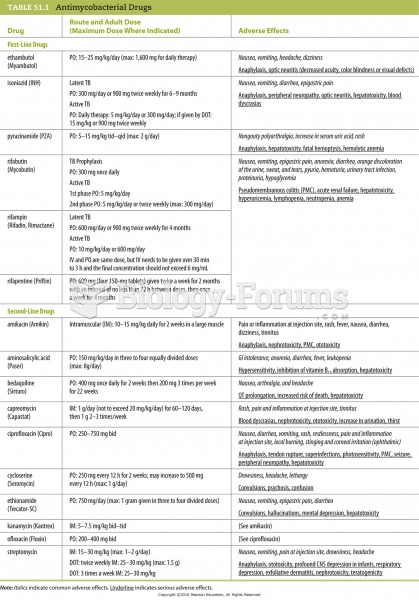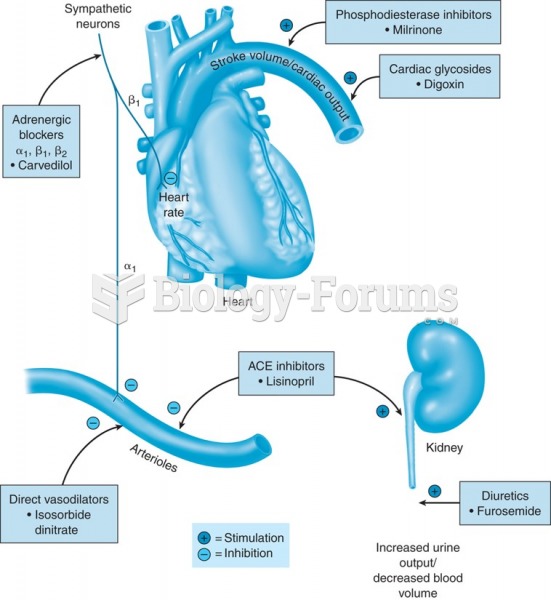Answer to Question 1
Correct Answer: 1, 2
Rationale 1: Schedule II drugs carry a high potential for abuse and dependency, and include morphine and methadone.
Rationale 2: Schedule II drugs carry a high potential for abuse and dependency, and include morphine and methadone.
Rationale 3: Tylenol with codeine is incorrect because Tylenol with codeine is an example of a Schedule III drug, which carries a moderate-to-moderately-high potential for abuse and dependence.
Rationale 4: Valium is incorrect because Valium is an example of a Schedule III drug, which carries a moderate-to-moderately-high potential for abuse and dependence.
Rationale 5: Heroin is incorrect because heroin is a Schedule I drug. Schedule I drugs have the highest potential for abuse and have little or no therapeutic value.
Global Rationale: Schedule II drugs carry a high potential for abuse and dependency, and include morphine and methadone. Tylenol with codeine is incorrect because Tylenol with codeine is an example of a Schedule III drug, which carries a moderate-to-moderately-high potential for abuse and dependence. Valium is incorrect because Valium is an example of a Schedule III drug, which carries a moderate-to-moderately-high potential for abuse and dependence. Heroin is incorrect because heroin is a Schedule I drug. Schedule I drugs have the highest potential for abuse and have little or no therapeutic value.
Answer to Question 2
Correct Answer: 4
Rationale 1: Schedule III drugs have a moderate abuse potential, and are used therapeutically with prescription.
Rationale 2: Category X drugs are harmful to both women and their fetuses.
Rationale 3: Schedule V drugs are used therapeutically without prescription, and have the lowest abuse and dependency potential.
Rationale 4: Schedule I drugs have limited or no therapeutic use.
Global Rationale: Schedule I drugs have limited or no therapeutic use. Schedule III drugs have a moderate abuse potential, and are used therapeutically with prescription. Category X drugs are harmful both to women and their fetuses. Schedule V drugs are used therapeutically without prescription, and have the lowest abuse and dependency potential.







